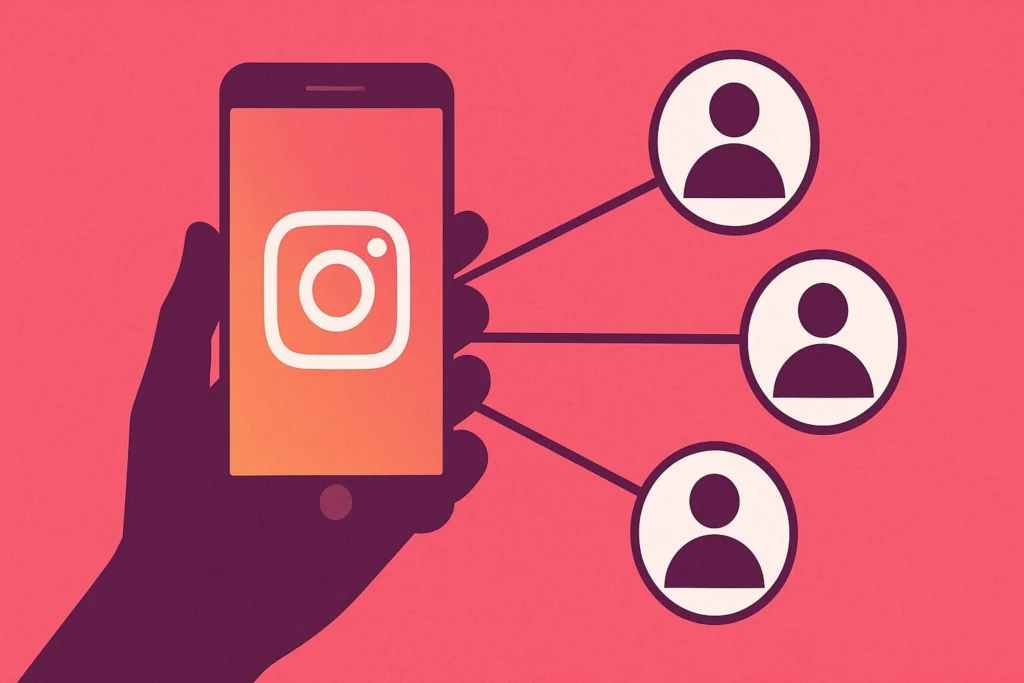To craft a strategic LinkedIn content calendar, start by defining clear, measurable goals that align with your professional objectives, such as increasing follower counts or establishing thought leadership. Next, gain a deep understanding of your audience by identifying their demographics and pain points, and create detailed personas for tailored messaging. Generate content ideas by analyzing industry trends and engaging with the audience to fill existing content gaps. Finally, guarantee consistent engagement by creating and scheduling posts using analytics to refine your strategy. Exploring these steps further will empower you to enhance your LinkedIn content effectiveness.
Key Takeaways
- Define clear LinkedIn goals that align with your professional objectives for strategic content planning.
- Conduct audience research to tailor content that addresses specific needs and challenges of your audience.
- Generate content ideas by analyzing industry trends and engaging with your audience for insights.
- Utilize LinkedIn’s scheduling feature or tools like Buffer to plan posts consistently in advance.
- Monitor post analytics to evaluate engagement and refine your content strategy effectively.
Define Your LinkedIn Goals
Establishing clear LinkedIn goals is a foundational step that guarantees your content strategy aligns with your broader professional objectives. By setting specific LinkedIn goals, such as generating inbound leads or enhancing your professional network, you create a roadmap for your brand-building initiatives.
These goals should be measurable, such as increasing follower count by a defined percentage, ensuring accountability and enabling data-driven adjustments to your strategy.
Aligning your content ideas with your career aspirations is critical. Sharing informative articles and insights positions you as a thought leader in your industry, expanding your influence across key audience segments.
This approach not only enhances your personal brand but also contributes positively to your organization’s employer branding strategies. Showcasing company culture through engaging content, like employee success stories, attracts top talent by highlighting your brand’s values and mission.
A strategically focused content calendar should include diverse elements, from company news and testimonials to industry insights, tailored to resonate with different audience segments.
Ultimately, a well-defined LinkedIn strategy not only strengthens your professional network but also fosters an authentic connection with your audience, driving meaningful engagement and long-term success.
Understand Your Audience
To effectively implement your LinkedIn goals, a thorough understanding of your audience is essential. Identifying your ideal customer profile (ICP) is the cornerstone of this process, as it allows you to tailor content that addresses specific needs and challenges.
By delving into the demographics of your audience, such as age, gender, and location, you can create targeted messaging that resonates and fosters greater engagement. This demographic insight is vital in shaping a content strategy that is both relevant and impactful.
Understanding the pain points common among your audience further enhances content creation. By developing content that provides solutions, you not only engage your audience but also establish trust and authority within your niche.
Conducting audience research through surveys or polls can surface misconceptions and knowledge gaps, offering valuable guidance for your content strategy. This research-driven approach guarantees your messaging is not only informative but also effectively engages your connections.
Additionally, crafting detailed audience personas helps visualize distinct segments of your target market. This guarantees your content appeals to diverse interests and behaviors, ultimately enhancing engagement and reinforcing the effectiveness of your LinkedIn strategy.
Through strategic audience understanding, content creation becomes a precise and impactful endeavor.
Generate Content Ideas
While generating compelling content ideas for LinkedIn, it is essential to adopt a strategic approach that aligns with the interests and needs of your audience.
Begin by analyzing industry trends and competitor content to identify gaps and opportunities that resonate with your target audience. This process forms a solid content strategy framework, enabling informed decisions that enhance content relevance.
Utilizing tools like AnswerThePublic and BuzzSumo allows you to discover commonly asked questions and popular topics within your niche, fundamental for brainstorming content ideas.
Audience engagement is another integral component. Engage with your audience through polls and discussions to gather insights on their interests and pain points. This direct feedback informs your content strategy, ensuring alignment with audience expectations.
Additionally, repurpose existing content, such as blogs or videos, into concise LinkedIn posts. This approach not only maximizes reach but also maintains consistency in messaging across platforms.
Create and Schedule Posts
Creating and scheduling posts on LinkedIn requires a strategic, data-driven approach to guarantee your content effectively engages your target audience. To begin, utilize LinkedIn’s scheduling feature to plan posts in advance, making sure of consistent delivery and maximizing audience engagement during peak hours.
Crafting a robust content strategy involves determining an appropriate posting frequency, which varies by industry—2-3 times per week for less competitive sectors, while daily posts are recommended for fields like marketing and technology to maintain visibility.
Once content ideas are generated, use scheduling tools such as Buffer or Hootsuite to streamline the process. These tools facilitate the management of multiple posts across various platforms, allowing you to create and schedule posts efficiently within your LinkedIn Content Calendar.
It’s essential to schedule posts at least one hour in advance to provide ample time for any necessary edits before the posts are locked for publication.
Post-publication, monitoring analytics is vital in evaluating audience engagement levels. Use this data to refine your content strategy and adjust future scheduling based on audience interaction patterns.
This iterative process guarantees your LinkedIn strategy remains audience-centric and data-driven, optimizing reach and impact.
Frequently Asked Questions
How to Create a Content Calendar for Linkedin?
Creating a LinkedIn content calendar involves defining a strategy that prioritizes audience engagement, sets appropriate posting frequency, leverages content themes and visual storytelling, guarantees brand consistency, and incorporates analytics tracking, user-generated content, and industry trends for effectiveness.
How to Create a Linkedin Content Plan?
Developing a LinkedIn content plan involves aligning strategy with audience engagement through ideal post frequency and diverse content types. Emphasize brand voice, leverage analytics tracking, and incorporate industry trends, visual storytelling, and thought leadership to maximize networking opportunities.
How to Do Content Creation on Linkedin?
Effective LinkedIn content creation involves a strategic approach, focusing on audience engagement through visual storytelling and personal branding. Leverage thought leadership, industry trends, and networking tips, while curating content, scheduling posts, and tracking analytics for data-driven insights.
How to Generate Content Ideas for Linkedin?
To generate content ideas for LinkedIn, leverage LinkedIn trends, audience engagement, and analytics review. Incorporate diverse content formats, visual content, and hashtag strategy. Use industry insights, thought leadership, networking tips, and adjust posting frequency accordingly.
Conclusion
In conclusion, the development of a LinkedIn content calendar necessitates a strategic approach centered on clearly defined goals, audience comprehension, content ideation, and meticulous scheduling. By aligning content with organizational objectives and audience interests, and leveraging data analytics for informed decision-making, one can enhance engagement and optimize resource allocation. This systematic approach not only fosters a consistent brand presence but also facilitates meaningful interactions, ultimately driving professional growth and achieving targeted outcomes on the LinkedIn platform.




